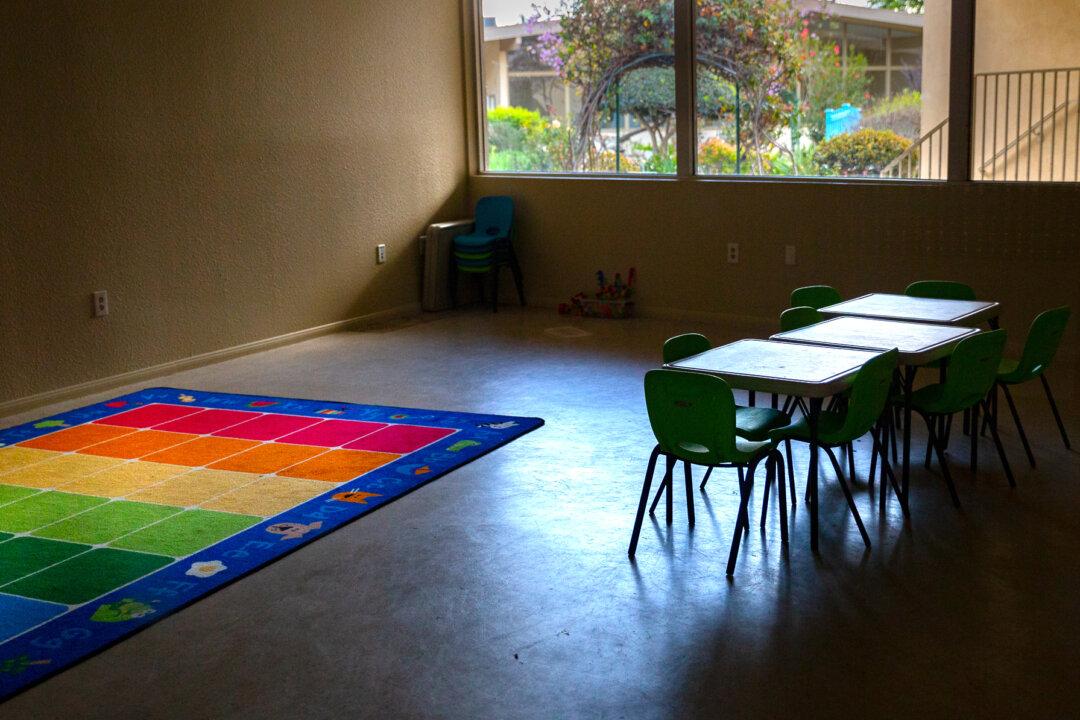Commentary
I remember a news story from three decades ago about a rural parochial school in Mexico. It had a dirt floor and the priest taught three subjects: the Spanish language, mathematics, and religion. All of his students went to a university.

I remember a news story from three decades ago about a rural parochial school in Mexico. It had a dirt floor and the priest taught three subjects: the Spanish language, mathematics, and religion. All of his students went to a university.